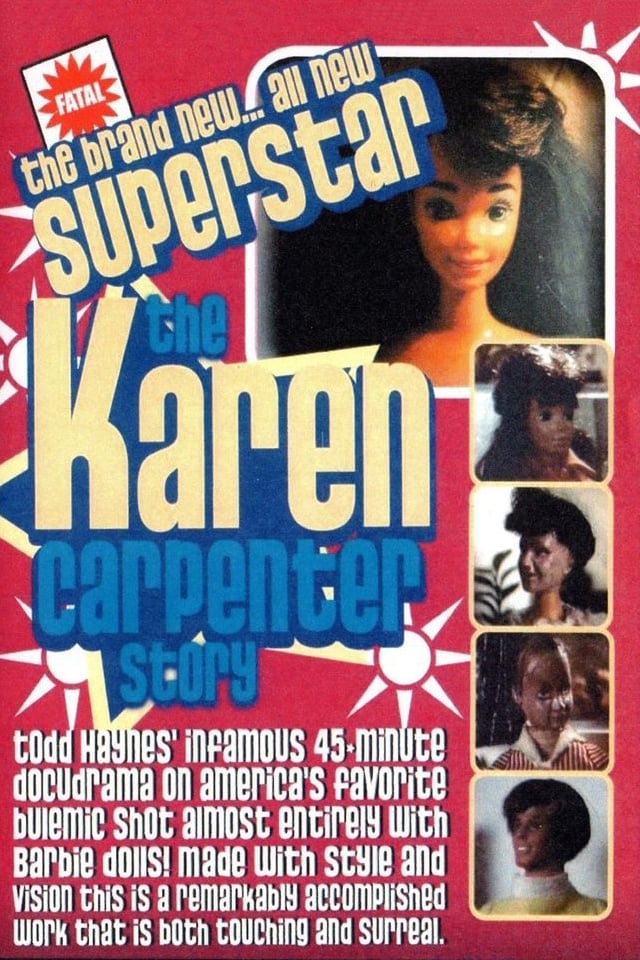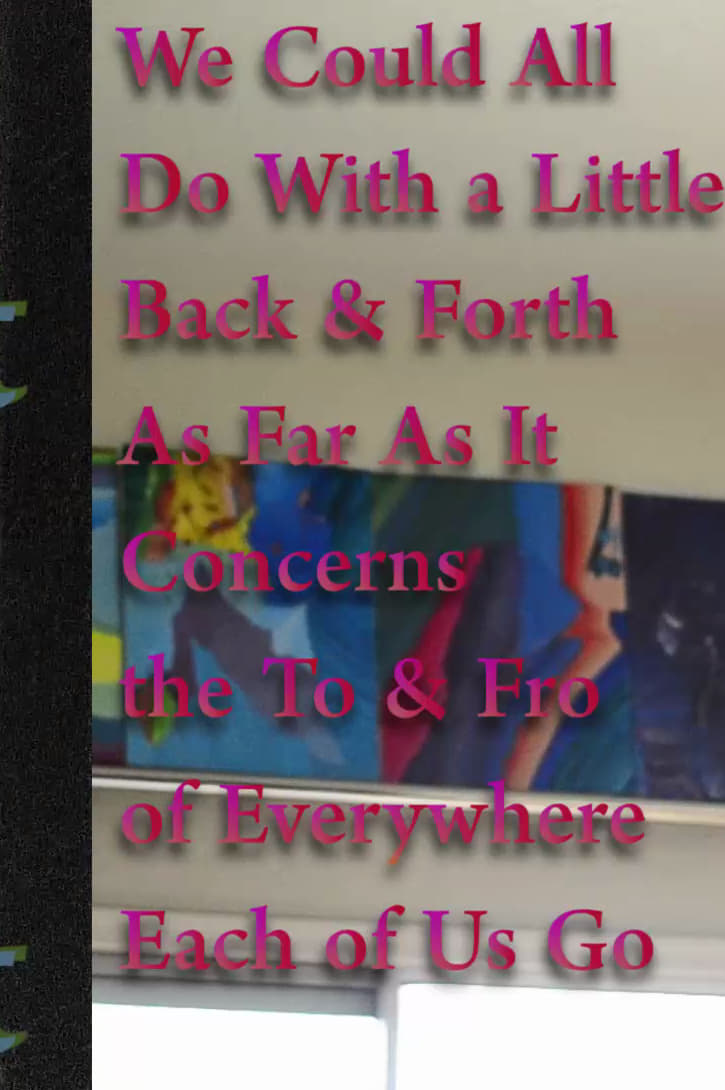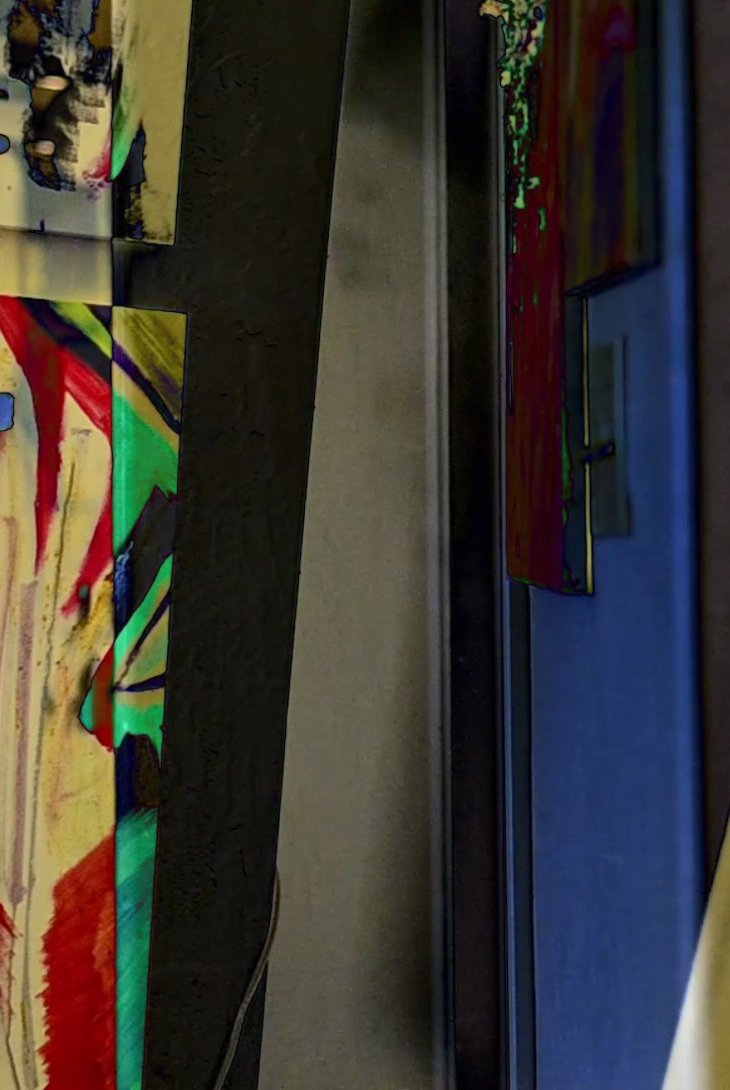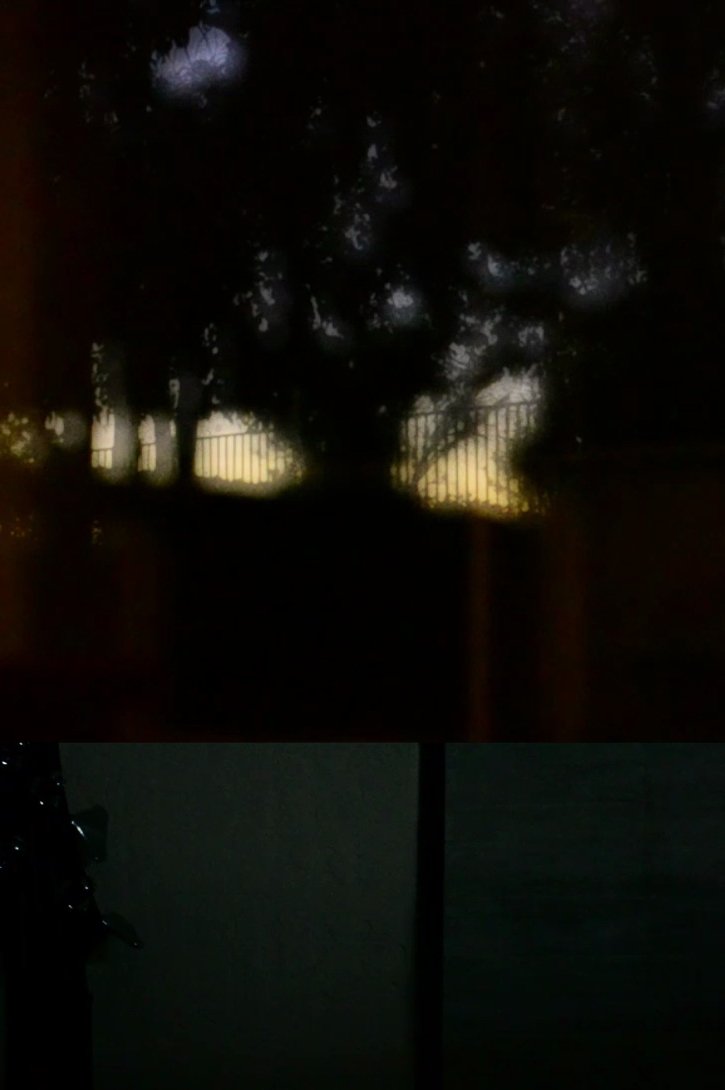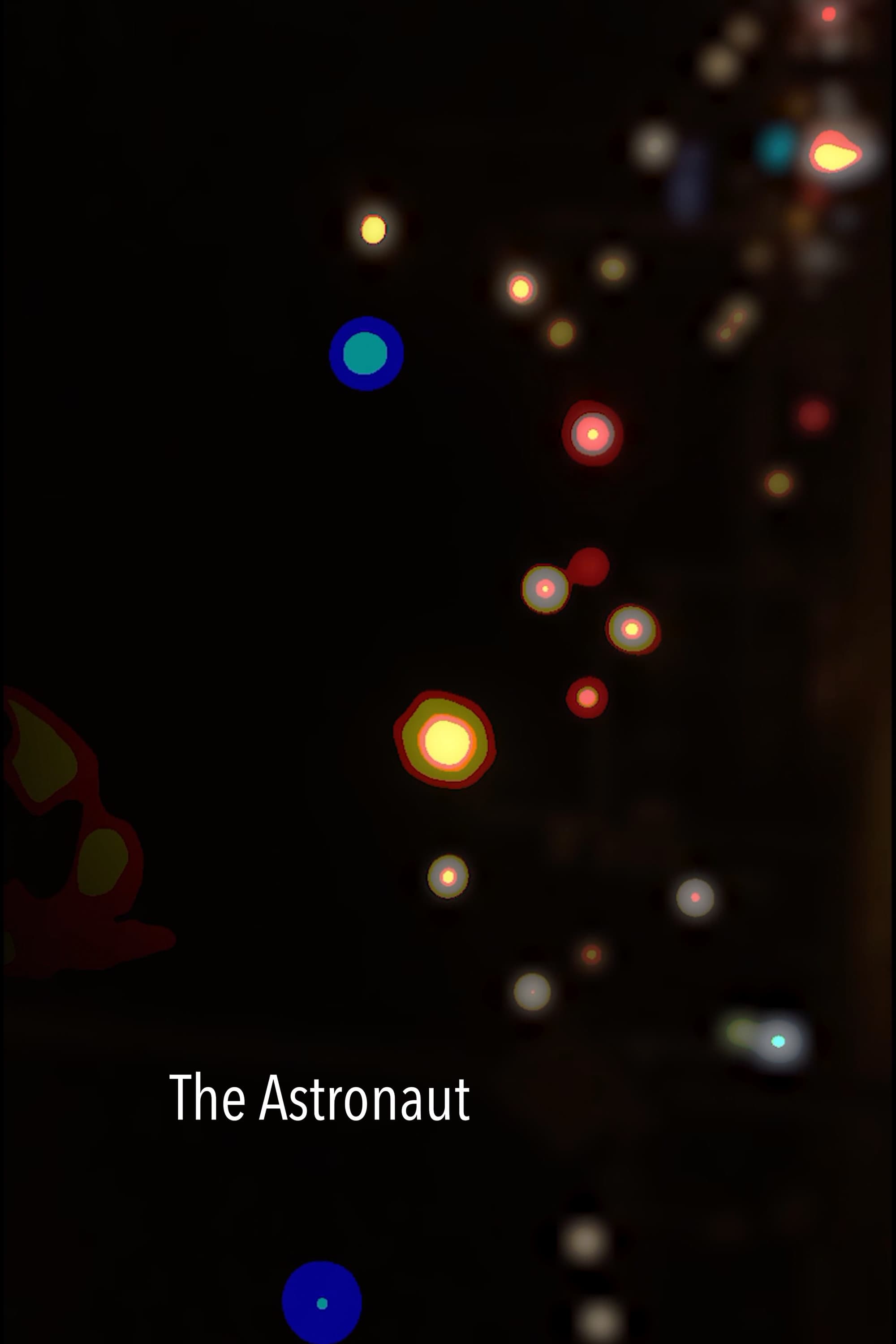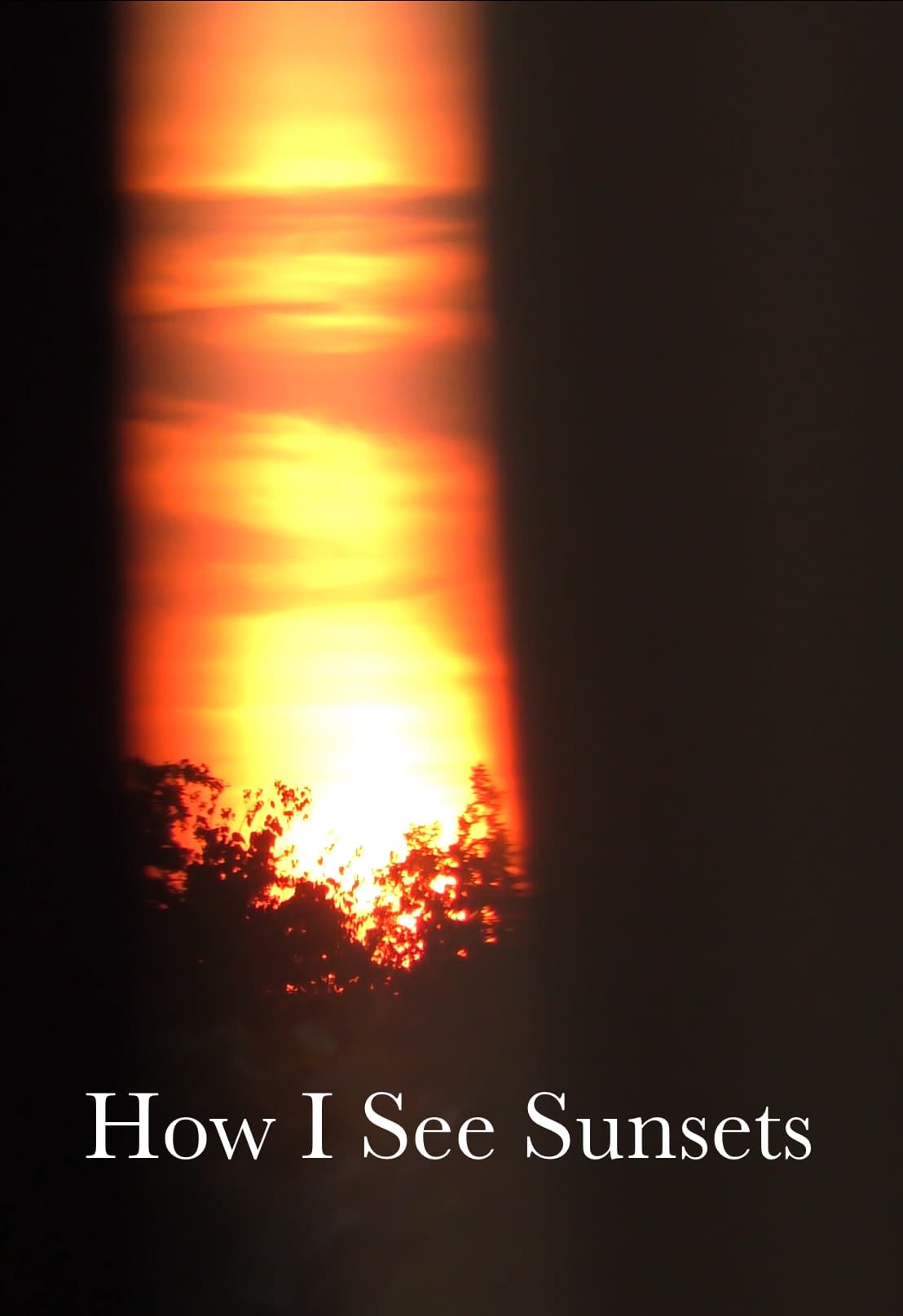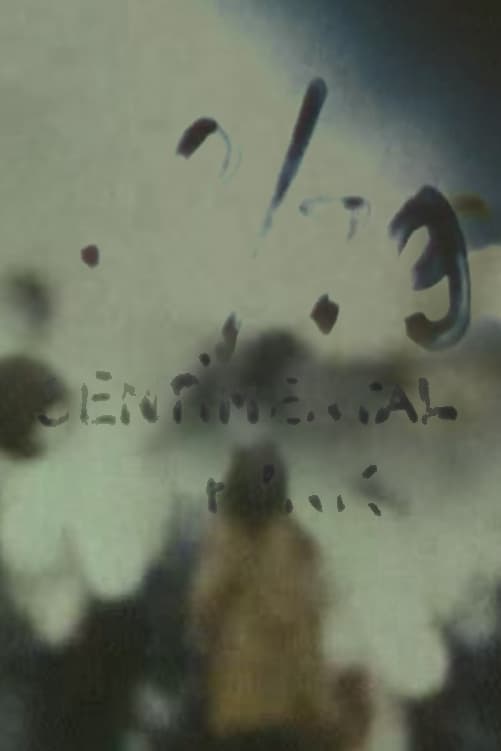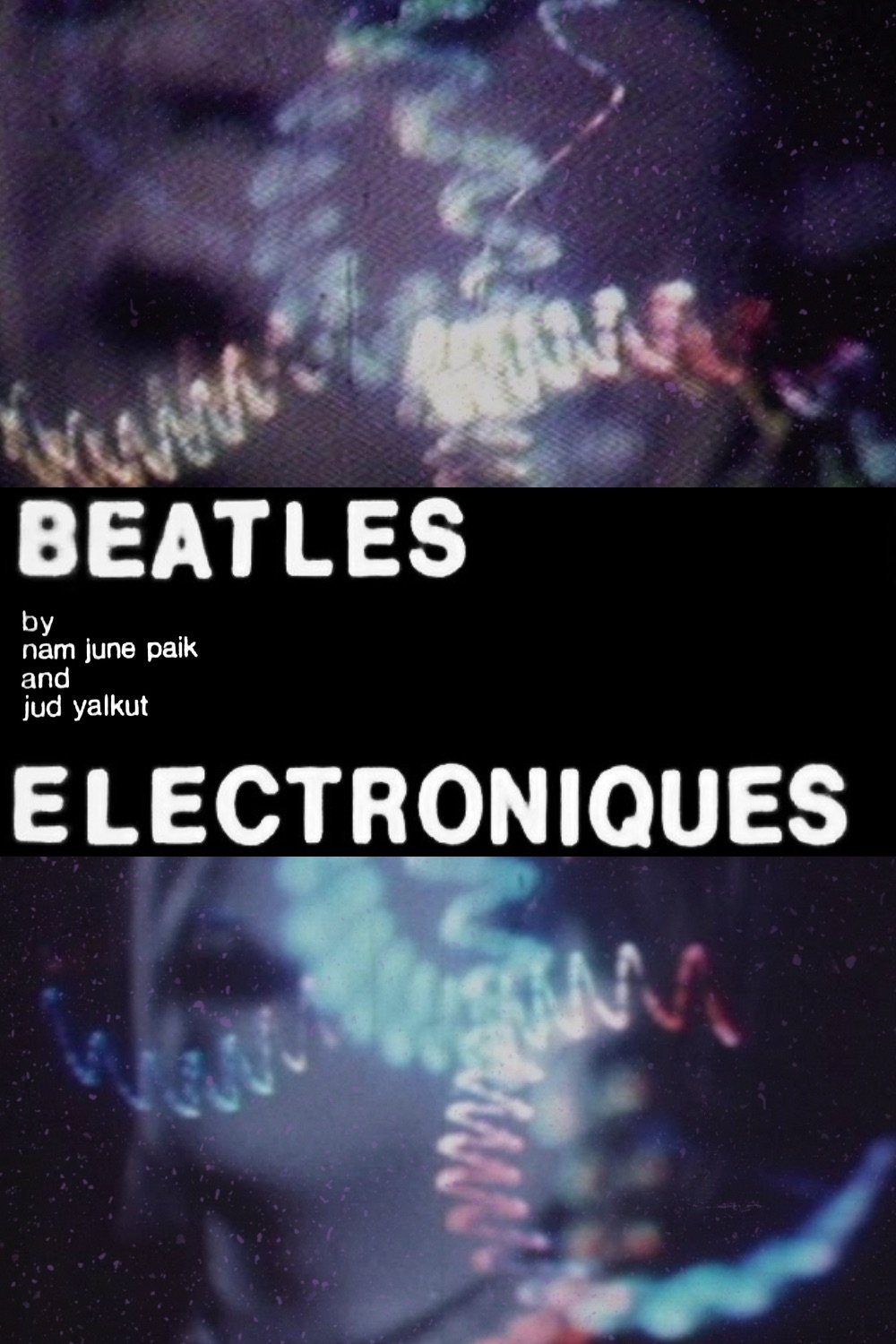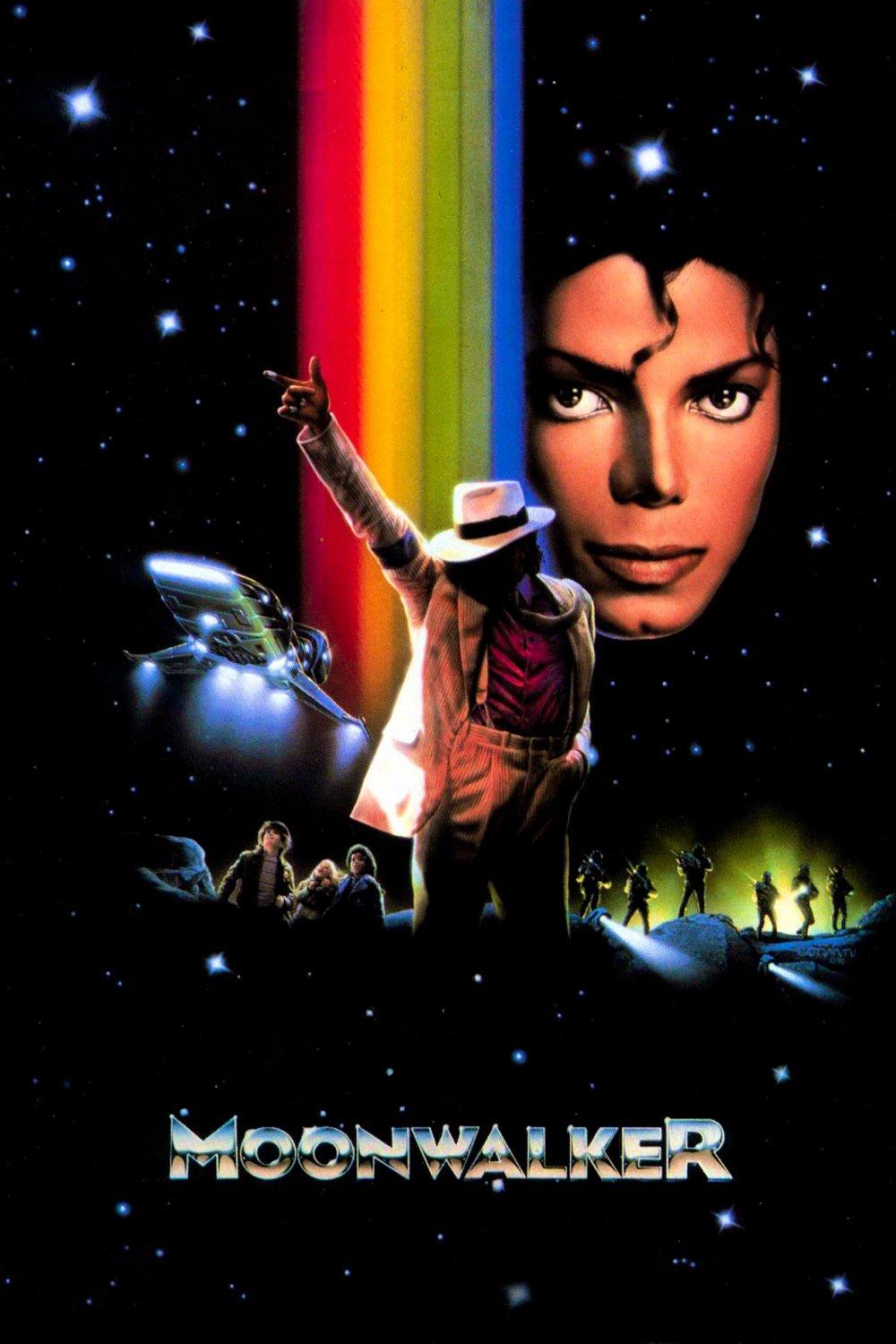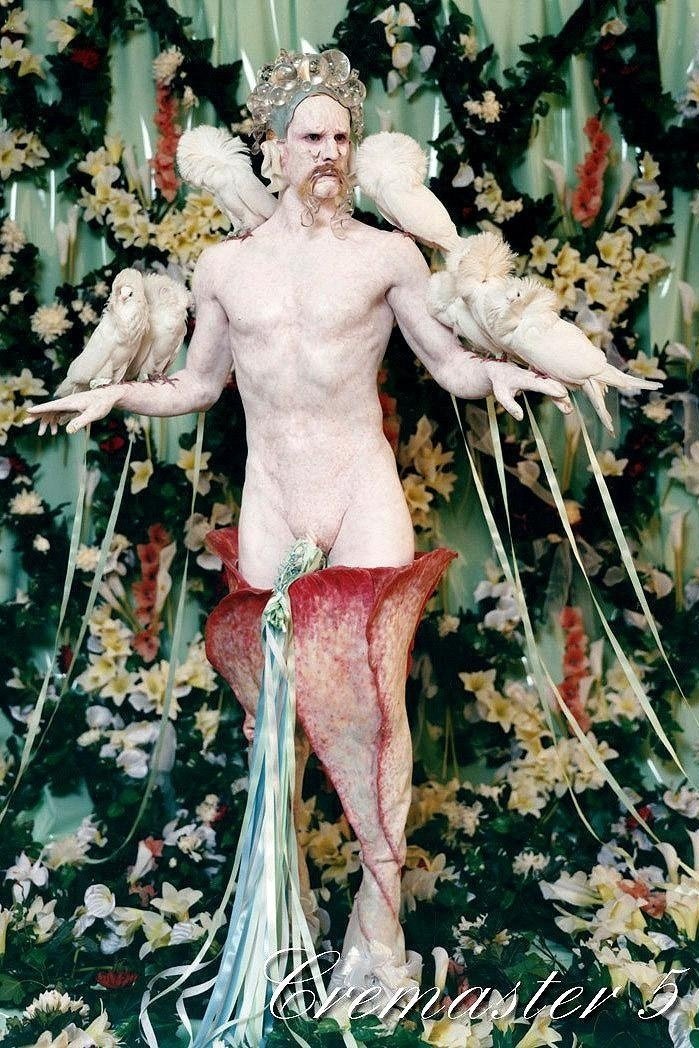Kuinka lyhdyt muuttuvat linnunradoiksi, huokaukset mitataan hevosvoimissa ja naftalätäköistä tulee uudella maailmankartalla valtameriä
Watch Movie
Share
Kuinka lyhdyt muuttuvat linnunradoiksi, huokaukset mitataan hevosvoimissa ja naftalätäköistä tulee uudella maailmankartalla valtameriä
2020
0h 57m
0.0(0 votes)
Music
TV Movie
Overview
An experimental movie composed of Erkki Karu's silent film Finland (1922) and Esa Kerttula's photos taken in 2020.
Cast & Crew
1 member
Writing
Jukka Mikkola
Unknown Role
No Image
Similar Movies
Recommended Movies

No Recommendations Yet
We're working on finding the perfect movies for you. Check back soon!
More movies coming soon

